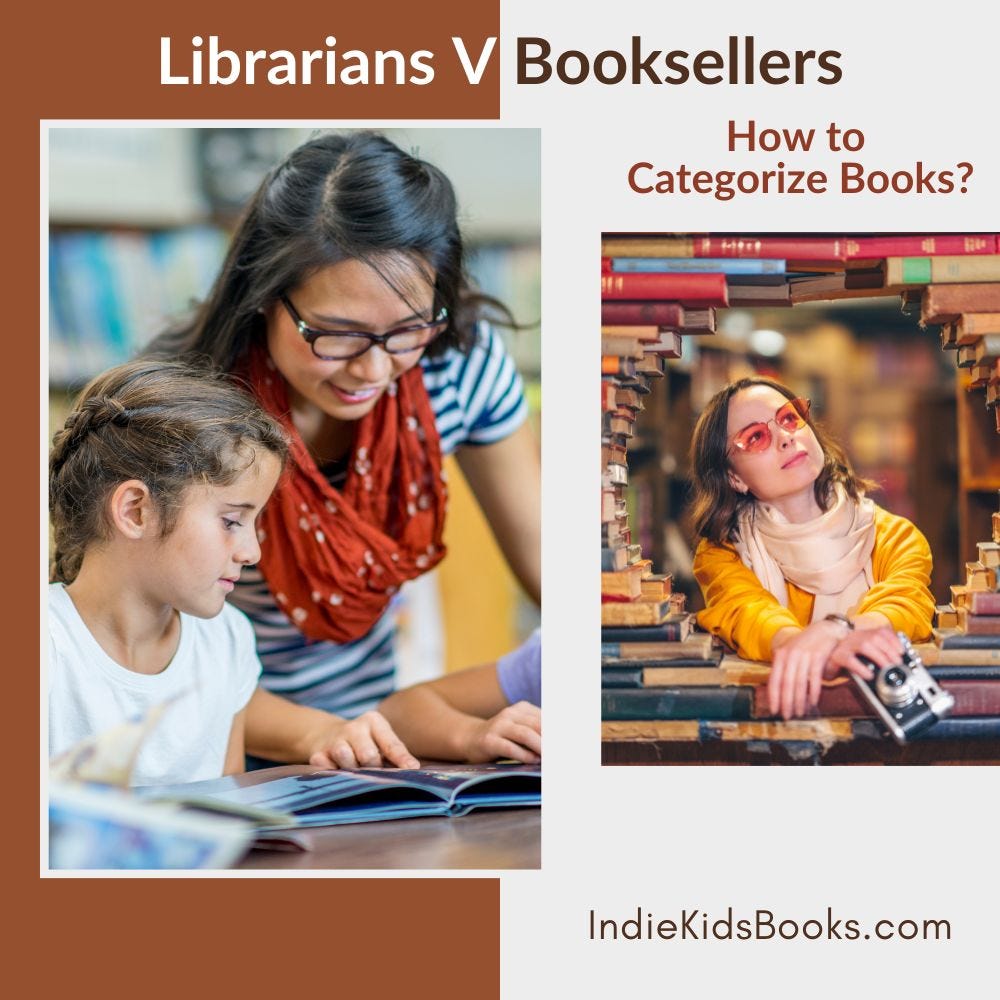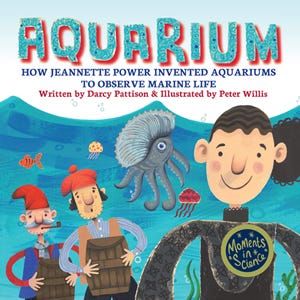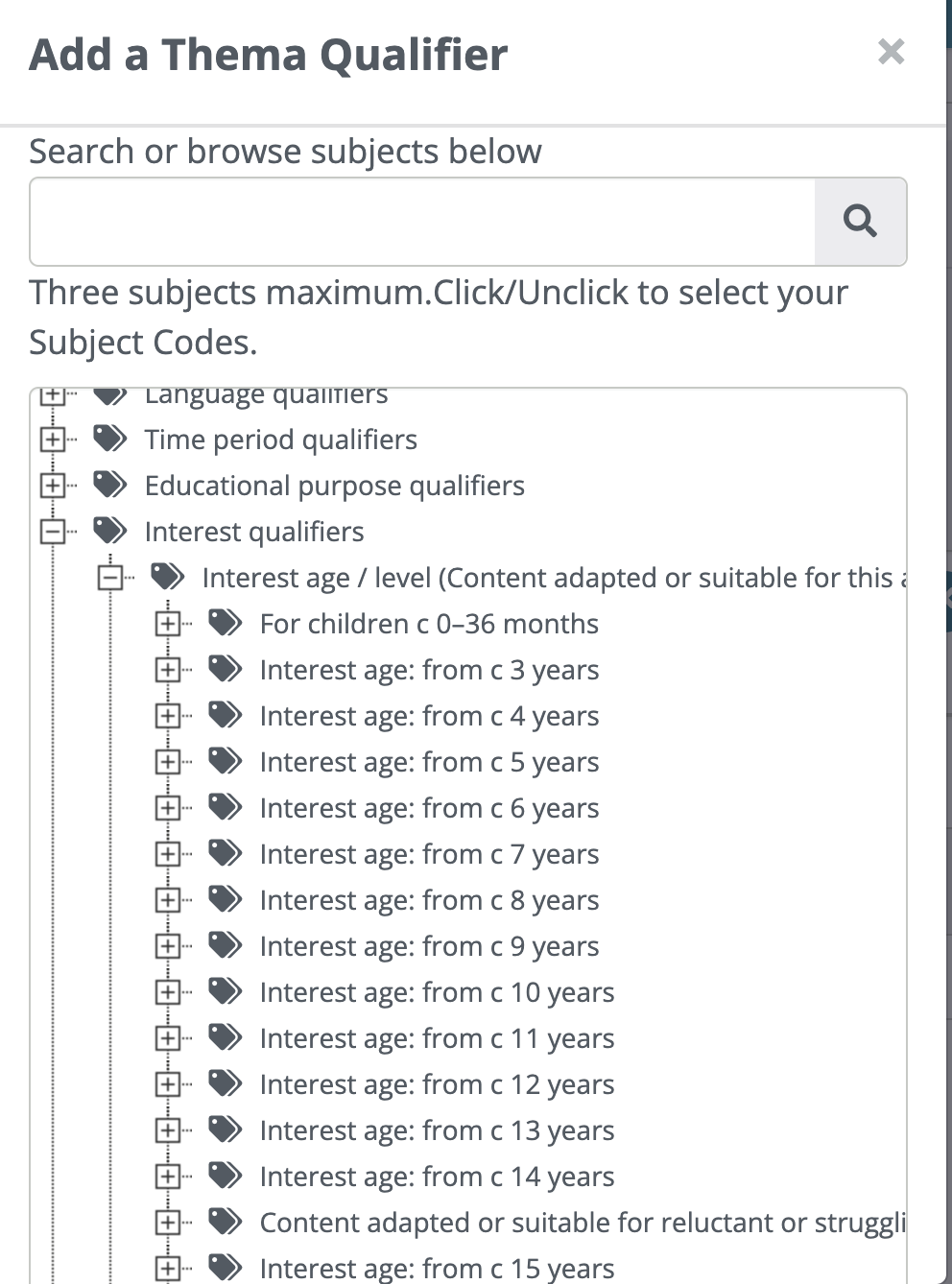BISAC, THEMAS - METADATA CATEGORIES FOR YOUR CHILDREN'S BOOK
Updating metadata.
Let’s get down to BISACs!
My friend was looking at the copyright page of my children’s book and said, “You spelled a word wrong. You spelled BISAC, instead of BASIC.”
Um. It’s supposed to be BISAC. That is the Book Industry Standards and Communications lists of book categories. The BISAC codes help categorize books for a bookstore and the book market in general.
In fact, there are four ways to categorize books, two for the librarians and two for the book industry.
LIBRARIAN CODES
LOC-LCSH. The Library of Congress has Subject Headings.
Dewey Decimal. This categorization method, begun in 1846, assigns numbers—decimals—to categories. I see this mostly in academic libraries, such as a university library.
BOOK INDUSTRY CODES
BISAC. The needs of the book industry vary slightly from the needs of librarians, so they have their own codes. It’s updated often to keep up with changing needs of our culture.
THEMA. This categorization of books is becoming more popular in international markets.
When I add a CIP block (Cataloguing in Publishing) to my copyright page, it usually includes the LOC-LCSH, Dewey Decimal, and BISAC codes. Read more about CIP blocks here:
—
CIP: Need it? What Cost?
As usual for indie or self-published children's book, the question of Cataloguing in Publication or CIP data has a different answer than for adult self-published books.
—
BISAC codes have been part of my metadata forever, but now Ingram is asking me to add THEMA codes, as well. So, let’s review BISAC and the talk about THEMA codes.
BISAC CODES
We deal with the following:
These are a crucial part of the metadata for your book. Read more about metadata in this article.
—
METADATA: The Foundation of Book Sales
Do you want to sell well? Then you must master your book’s metadata.
—
For BISAC codes, you simply scan the list for the relevant categories. Yes, that’s multiple, because you can choose three categories. The main category should be the closest to your story’s theme because it will determine where it is shelved.
For example, my book, AQUARIUM: How Jeannette Power Invented the Aquarium to Observe Marine Animals is about a French female scientist and inventor who studies the weirdest octopus in the world. Should it be listed as a female biography?
JNF007120 JUVENILE NONFICTION / Biography & Autobiography / Women
Or, should it be listed as a scientist biography?
JNF007090 JUVENILE NONFICTION / Biography & Autobiography / Science & Technology
Should I emphasize the invention part of the story?
JNF061010 JUVENILE NONFICTION / Technology / Inventions
Or, perhaps emphasize the marine life that Jeannette studied?
JNF003150 JUVENILE NONFICTION / Animals / Marine Life
While Jeannette was French, she lived and worked on the Mediterranean Island of Cyprus, so we could call it European history.
JNF025070 JUVENILE NONFICTION / History / Europe
Each of the codes could be considered appropriate! There are no rights and wrongs when deciding on the BISAC codes to use. Instead, you should think about how your readers would be most likely to find the book. Is it more important to have it listed as a scientist or female biography? Because this is part of the Moments in Science series, and those books are usually listed as scientist biographies, I kept it consistent within the series.
THEMA CODES
THEMA codes are similar to the BISAC, but are meant to be global codes to categorize books. Because Ingram distributes worldwide, they are starting to emphasize the THEMA codes more. In their recent communication, they said that some bookstores or shops will not order unless the THEMA indicates it’s a book in their preferred categories. Ingram has told me that I need to update 38 books and include the THEMA codes! 38! Sigh. I’m digging into them!
The THEMA codes are listed here:
And actually, that listing is quite helpful because they show the hierarchal nature of codes. You should find a basic category and drill down. The tool also has helpful information at the bottom explaining how to choose and use the Thema categories. Download a pdf that explains the listings.
For example Code YB is explained like this:
Children’s: picture books, activity books, early learning concepts
Use all YB* codes for: physical or digital items – the headings relate purely to the content, not the format (Format information is described in other metadata). Use all YB* codes with: only one INTEREST AGE 5A* Qualifier to indicate a guideline starting interest age
Let’s try the Thema Codes for Aquarium again.
YNTDChildren’s / Teenage general interest: Inventors, inventions and experiments
There are no categories for Female Biographies, only separated by careers.
The octopus that Jeannette studied is in the mollusc family of animals, so I could use this Thema category: PSVA6Molluscs (malacology)
Also included in this animal family are cephalopod, octopus, squid, gastropods, snails, slugs, bivalves, clams, oysters, cockles, mussels, scallops, etc.
After you add the Thema Codes, you can (and should) add qualifiers. These are additional ways to categorize your book. For example, the Interest qualifiers add the age range of your book. “from c 6 years” means from 6 years old and up.
It will take you a few tries to understand which codes and qualifiers work best for your type books. Stick with it, because, the metadata is crucial.
Yes, I’ll update those 38 books. It may take me a while, though!
And a final reminder: the BISAC and THEMA codes are constantly updated to keep up with changing society. Be sure you are using the most up-to-date codes possible. And I’ll reemphasize that THEMA are international categories, so if you want to be found by international markets, it’s a crucial piece of metadata.






Oh wow!! This is so practical and helpful!
Hi Darcy, I wonder do you know what about TCs for audiobook versions of children’s picture books? They’re digital but no longer pictorial, so the YB usage doesn’t seem to apply - do you know of the correct approach there? Thanks in advance!